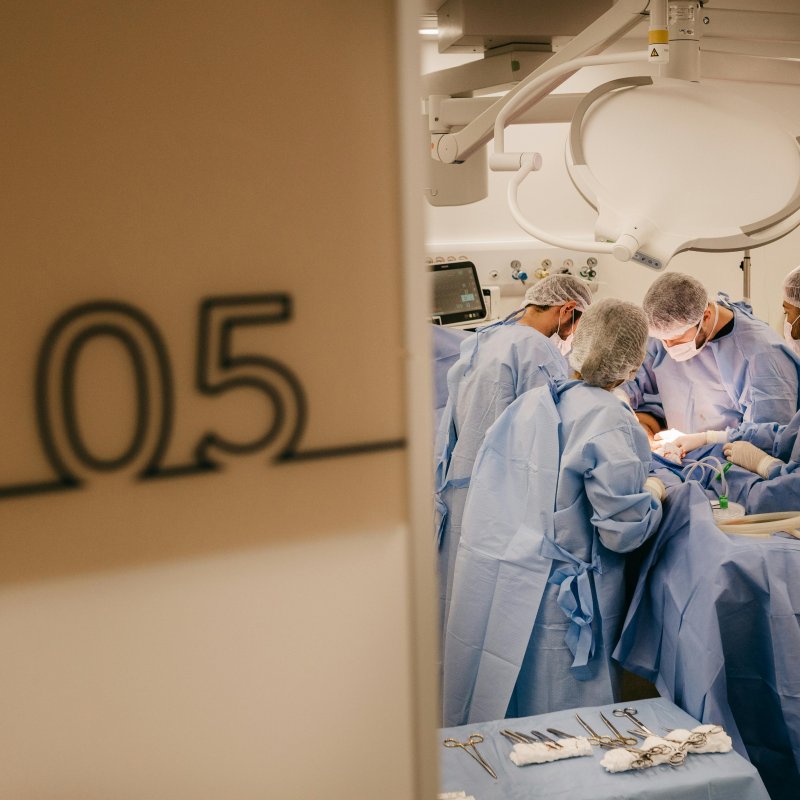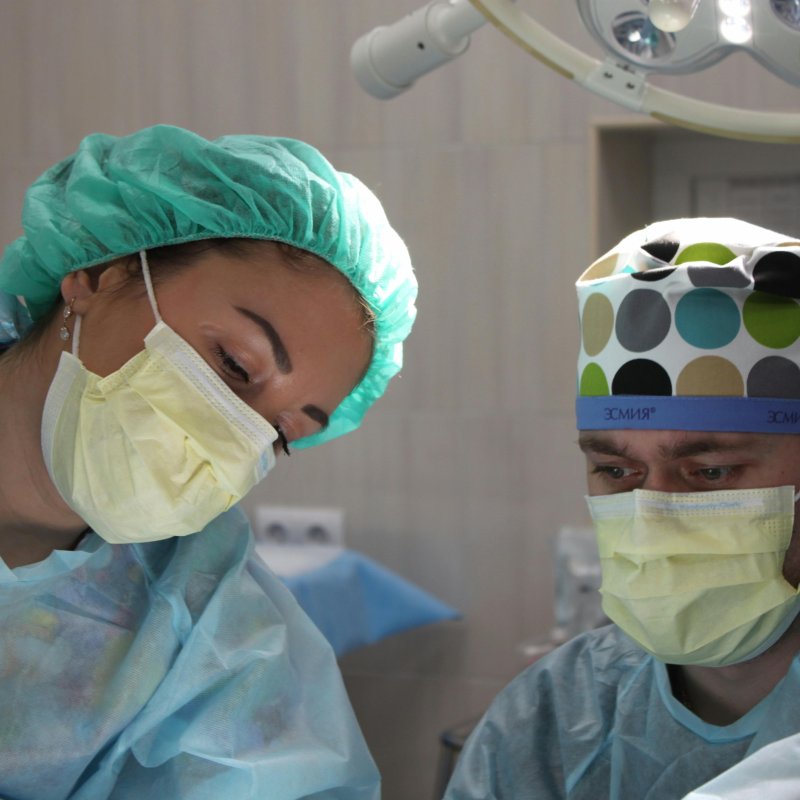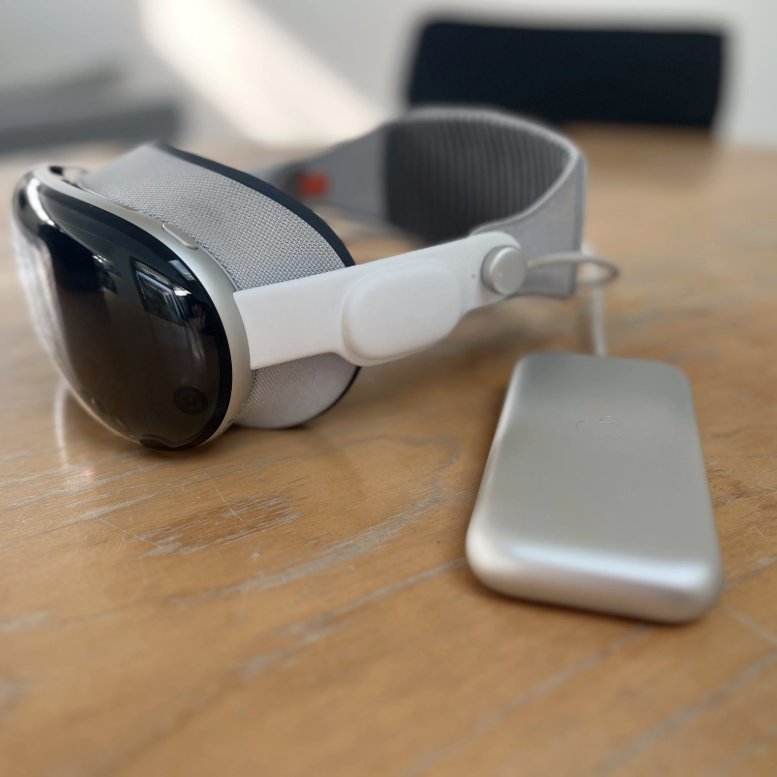Contact Us
+44 20 32897141 / 1 Pickle Mews, London, SW9 0FJ
How Medical VR Training is Redefining Healthcare Education
Published
Feb 08, 2024
Tags
Medical VR training solutions empower users to get ‘hands-on’ learning experiences outside of clinical settings, and ExR is democratising accessibility to it.
For over 50 years, virtual reality (VR) technology has been in play in the medical field, supporting healthcare professionals to practice core skills and train niche capabilities. But it’s only in the last few years that medical VR has staked its claim on the training frontline.
The UK’s VR and augmented reality (AR) market is bracing for a projected 11% growth over the next few years, a hearty portion of which will come from the healthcare sector. Medical VR training solutions empower users to get ‘hands-on’ learning experiences outside of clinical settings, be it in a university classroom or the comfort of home. The redefinition of healthcare education has begun.
A history of VR in medicine
1965 was the year Robert Mann introduced the first ‘virtual’ system in a medical learning capacity, initiating a new training environment for orthopaedics. The ‘80s brought the wearable head-mounted display (used for medical visualisations), what we know as the ‘VR headset’ today.
Despite over forty years passing since they first came to the fore in the medical world, VR hardware (headsets, gloves, bodysuits) has been weighed down by hefty price tags. Affordability and accessibility are two of the biggest stumping blocks to the widespread adoption and use of VR in the medical training field.
The virtual world, catalysed by Covid-19
Yet whilst the Covid-19 pandemic was putting immense pressure on our healthcare system, it was also shining the spotlight on its training methods. Long-standing visions for a more digitally enabled future shifted from a want to a need, a trend reflected across all sectors worldwide. Education systems reformed into remote entities, and nine to five offices became mascots for the hybrid world.
The global surge for remote learning has led to staggering adoption rates of virtual technology across all sectors, with positive impacts felt across the board. Back when VR headsets first hit the market, there were a select few suppliers to choose from. Now that interest is flying, everyone wants a piece of the pie. HTC, Oculus (by Meta), PICO – you name it, competition among VR headset developers has swelled, driving down those price tags. Affordability breeds accessibility, and it's welcoming more medical trainers, students, and institutions to the VR conversation.
Surgery VR
Today, VR’s feet are finding themselves not only contributing to medical training but becoming fundamental to its pulse. Far from the ‘luck’ that allows a budding surgeon to witness a rare operation, VR lets them be ‘in the room’ – though they're technically not in the room.
The student experiences the surgery through a 360° VR film simulation, watching the procedure from theatre prep and initial incision through to postoperative activities. Where opportunities to not only attend, but physically practice surgery depend on a variety of uncontrollable factors (emergencies, rotations, resources), VR films and training experiences are making it far more accessible.
Medical VR training
VR is also redefining how the sector delivers training on the advancing pieces of medical equipment and devices that our MedTechs are rolling out. Take otolaryngology – clinicians specialising in this field need to have the assembling of bronchoscopy instruments down to a tee. This essential skill for clinicians requires dexterity, coordination, and confidence, three competencies that VR training interactions can help develop.
What's more, where handheld VR accessories are in play, users are exposed to tactile and haptic feedback (meaning the handheld device exerts a force that’s representative of the virtual object(s) the user is interacting with). These more ‘major’ advances in the VR world are really stepping up the medical training game, replicating an experience as close to real as possible to practice a surgical process or medical procedure.
Fighting the backlog
There's also the huge simplicity that VR offers to clinicians who are training juniors and students. Despite what you’ll have read in recent headlines surrounding an exodus of NHS staff, the UK has too many medical students. In a practical, not literal, sense – there's an imbalance between the number of students and number of professionals available or capable to train them. As the so-called ‘exodus’ of staff leaving the profession worsens (be it for retirement or other reasons), the gap between students and resources to train them grows.
Educators are starting to look at technologies to bridge the gap, and we’re going to need it! Demand on the NHS and even the UK’s private system is increasing because the population’s ageing – there's more people so there’s more strain on the system, but that’s out of sync with the number of people we can train to provide the needed healthcare.
VR training is one of the ways we can beat the backlog of training that’s under immense time pressures. Clinicians have more capacity to share knowledge, show demonstrations, and encourage best practice through a virtual medium, rather than the headache of coordinating training days against device availability and staff rotas. The aerospace and military sectors have been using VR simulations for years – we trust VR-trained pilots to fly us around the world and VR-trained naval officers to keep our seas safe. VR has the potential to derive the same level of trust in healthcare.
Medical VR training – does it work?
As VR adoption rates have surged, so too has the interest and evidence on the benefits of medical VR training. The now-widely referenced 2019 Harvard Business Review study found that students’ overall surgical performance improved by a staggering 230% when using a VR platform (compared to traditional training)!
Over in the US, 85% of healthcare professionals consider themselves ‘familiar’ with immersive training tools. Over three quarters (77%) say their healthcare organisation has implemented/plans to implement VR technology, a prominent stat from the nation that spends an immense proportion of its GDP on healthcare.
Adoption of VR training in UK healthcare
Back in the UK, and the picture’s a little different. We're closer to a 15-20% mark of familiarity with immersive training tools, yet our biggest barriers to introducing and rolling out VR as a training tool have been accessibility and affordability.
That's why we’re here. ExR Education was co-founded by Jonny, a practicing ENT surgeon with first-hand insight on the power of medical VR training. Through a library of 360° film, interactive 360° experiences, and 3D simulations that are freely available to the NHS, we’re democratising healthcare VR. We don’t just know the barriers to adoption – we've experienced them.
ExR has already co-created VR training content with around 20% NHS trusts, with our collections of VR films watched and experienced by clinicians, nurses, paramedics, HCAs, first-responders (the list goes on!) to advance their training and supercharge their skills and proficiencies. We're ready to redefine healthcare education. Are you?
NHS user? Sign up for free today!
Interested to create VR content with us? Get in touch!
Most recent posts
Like what you read?
Please get in touch with us.




